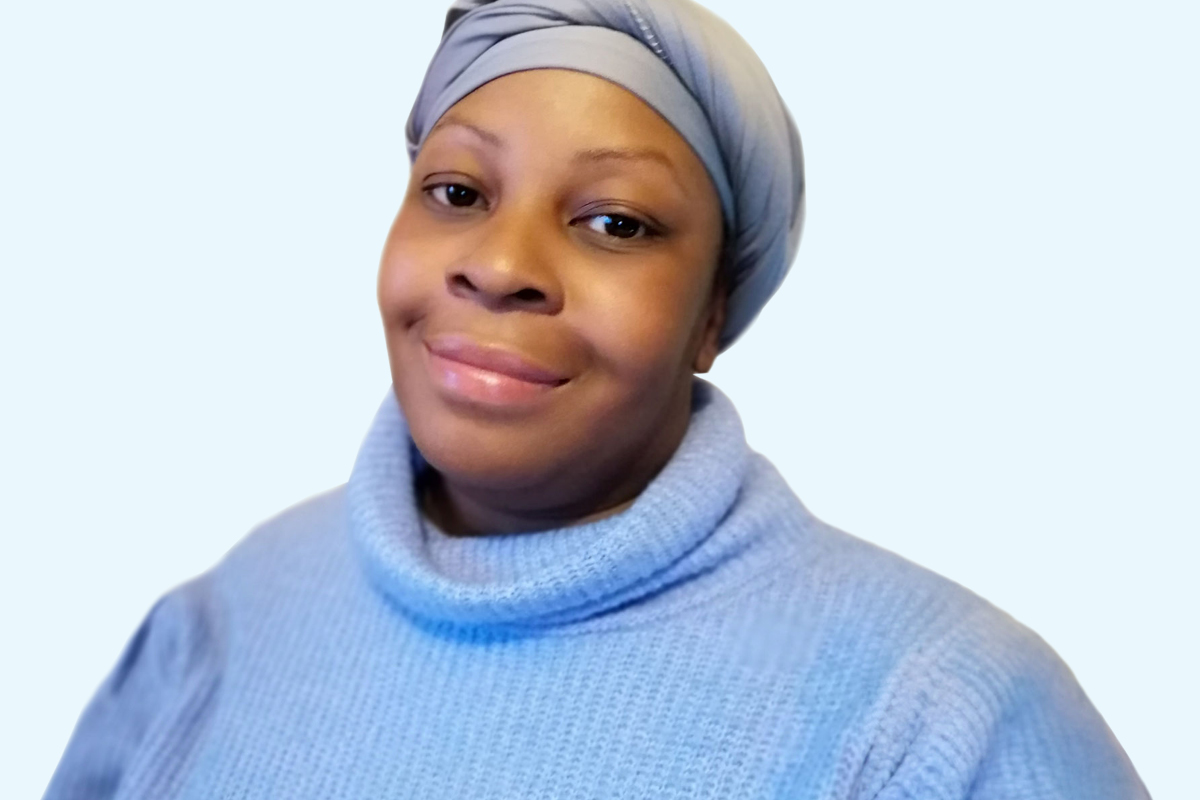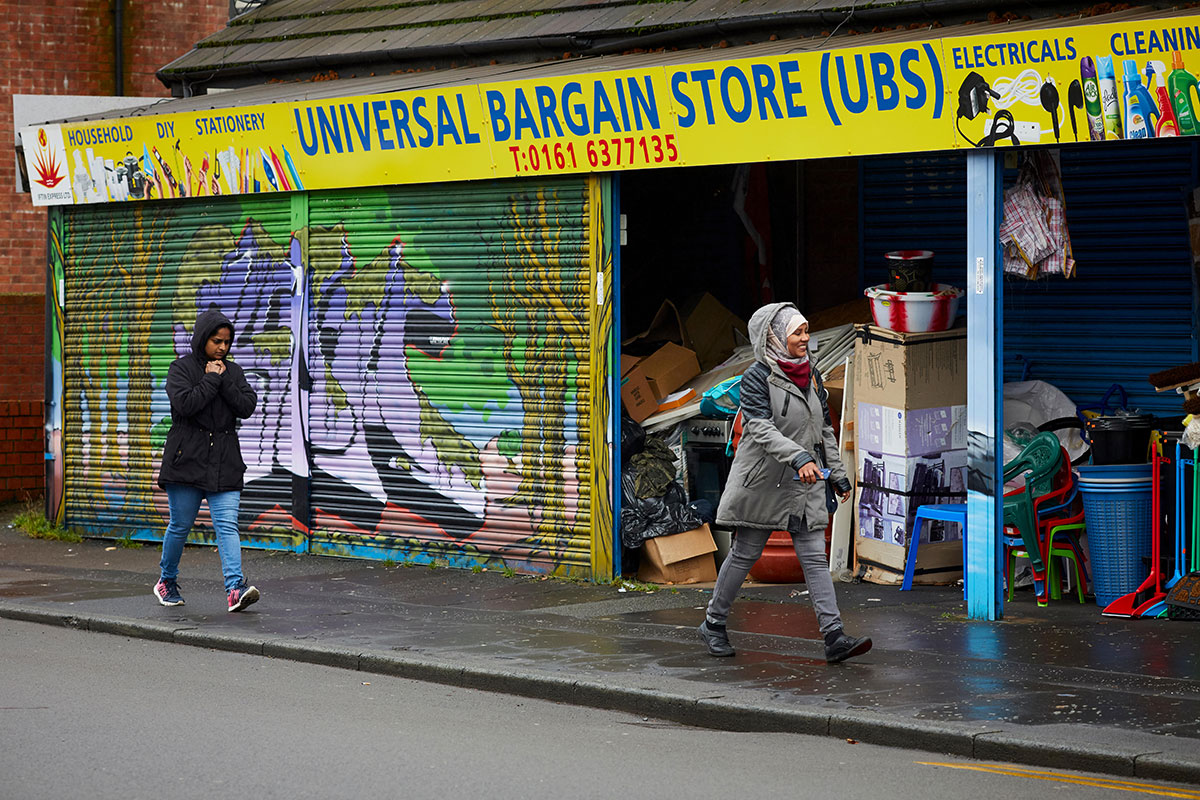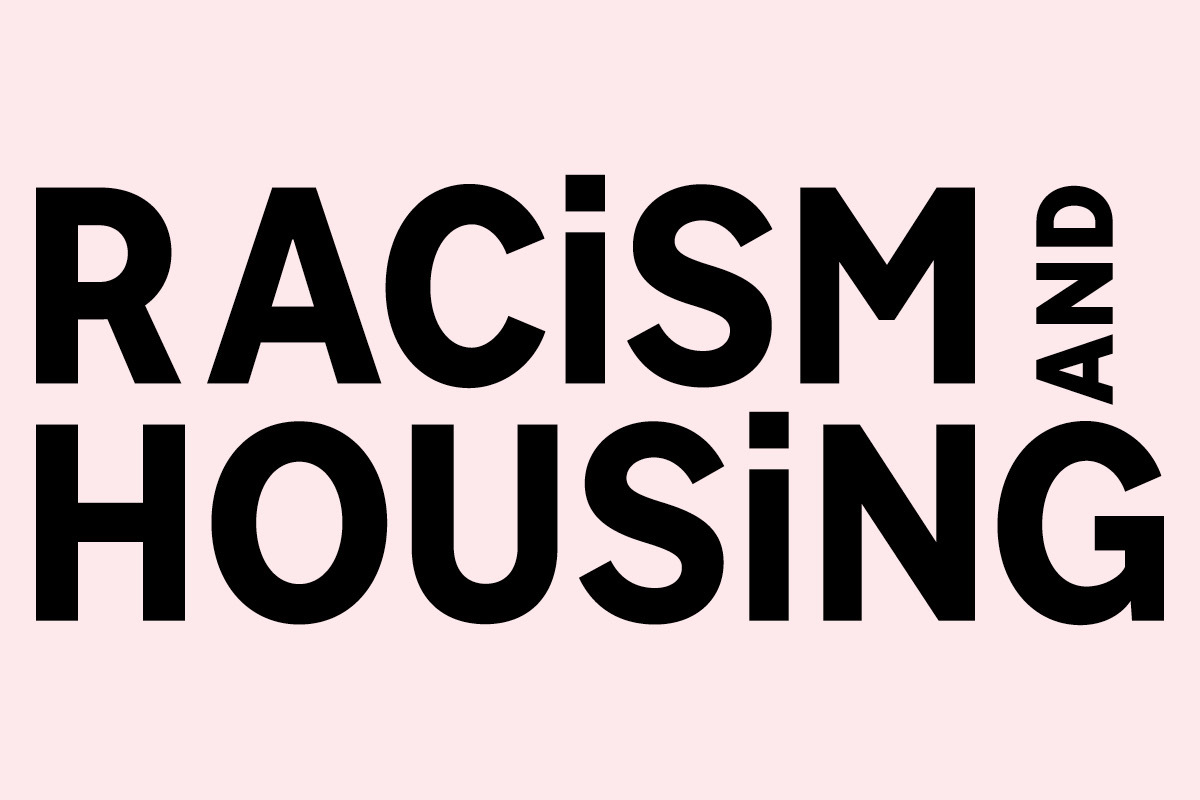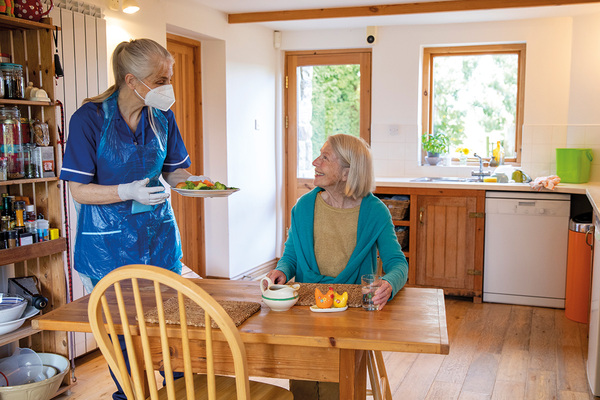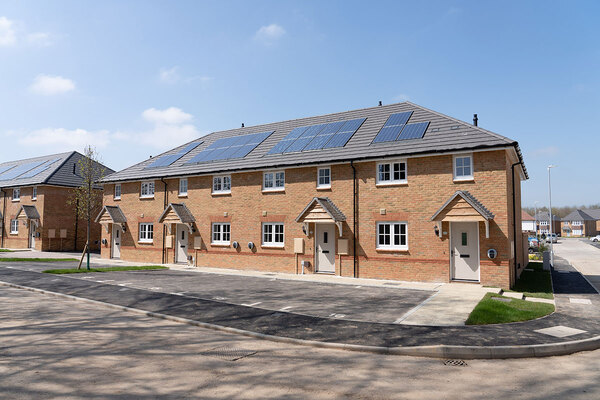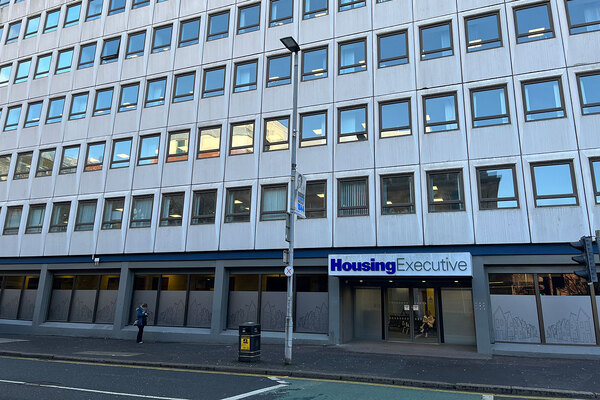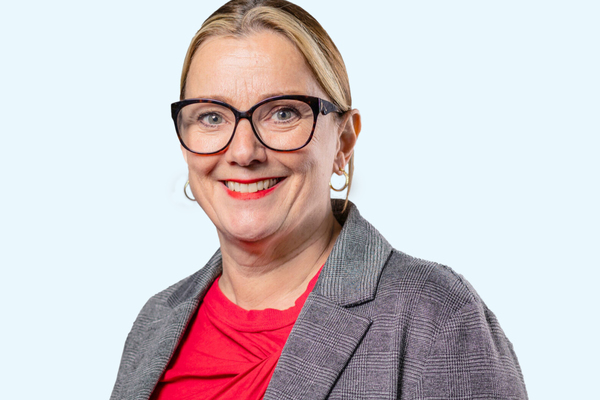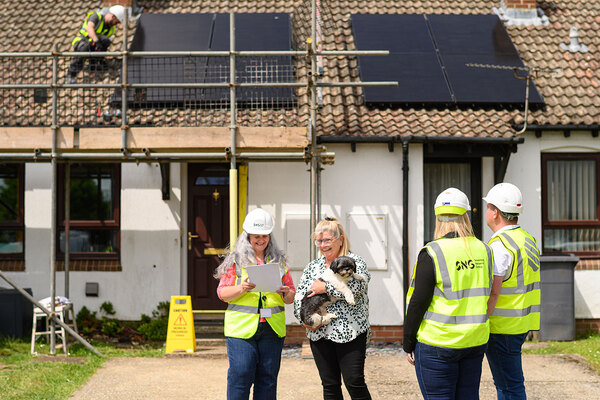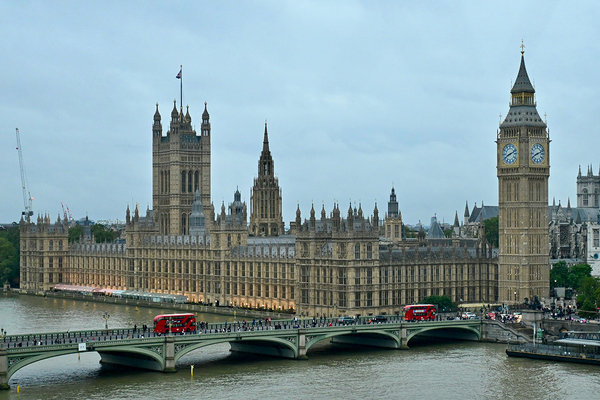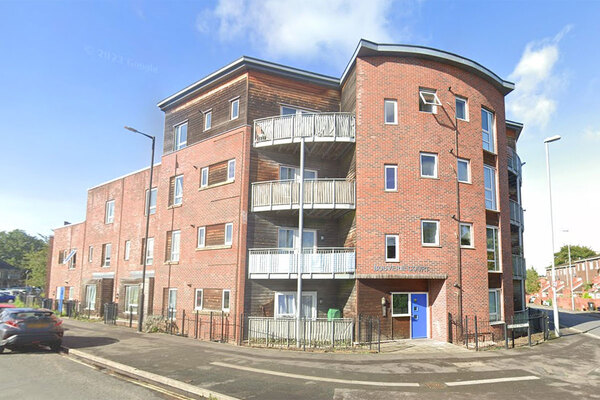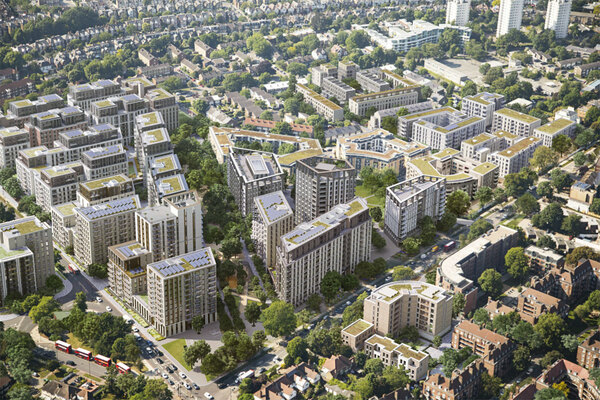You are viewing 1 of your 1 free articles
What we have learned about race and mental health
Work to tackle racist harassment of staff by residents led to lessons for our organisation, write Irene Frederiksen, Remi Adewuyi, Paul Hardisty and Sara Michale of the EDI excellence group at St Martins
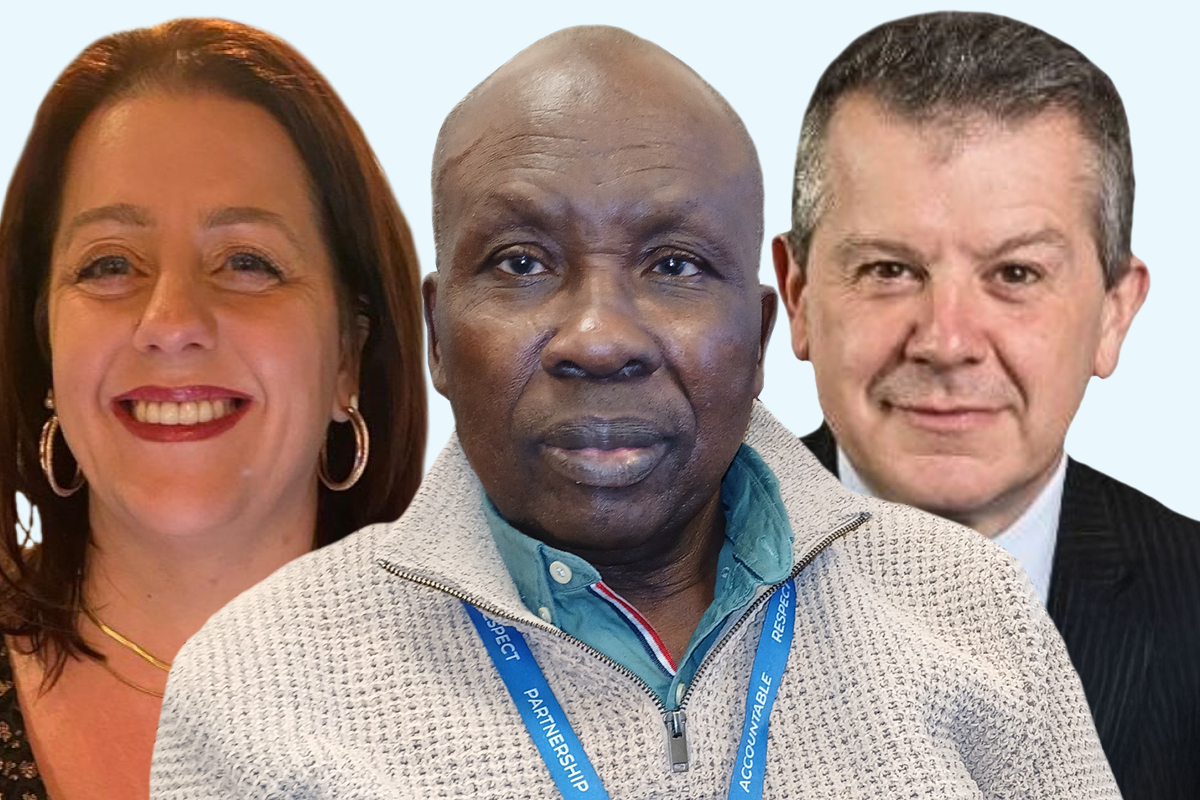
At St Martins, we pride ourselves on the work we do for people who have complex mental health issues. We’ve been in existence for over 120 years, and have a strong record of helping people recover and manage what is often a traumatic phase of their life.
But sometimes we have to admit that the work we do is not so easy, and the behaviour of our residents can be challenging. About 18 months ago, we had to call a consultant in to help us deal with what was becoming an all too frequent problem: racist abuse from some of our residents toward staff.
Often it was wearily accepted by staff with a shrug, who excused it as part of their care for residents. This led to us bringing in an expert to help us. The success it led to has not just changed the way we deal with discrimination, but also supported residents’ recovery.
The first step for the harassment was recruiting an expert to help us, and Pamela Leonce at Stowhill was our choice. Pamela spoke to more than 60% of the organisation and it was clear that there was some truth to the experience, with staff failing to report it and shrugging when it happened.
An action plan was created with more than 30 recommendations. The key was a poster put up at every service unit which said: “One of St Martins’ great strengths is the diversity of all our residents, staff and board members.” It also said any behaviour that amounts to discrimination would not be tolerated and we would “take strong action”. The poster was signed by the chief executive and chair.
This was also backed up by management and there was an emphasis that said zero tolerance is the only answer to such behaviour. All our residents have sufficient ‘capacity’, and we now deal with any such behaviour by quickly following procedures, leading to evictions if necessary. People have now seen others get evicted and it has changed the culture of the home as residents are aware that this behaviour is not tolerated.
“Supporting people to manage their anger and find other solutions has led to incidents being lower than before”
The result is that the abuse is now largely a thing of the past, as staff can point to the poster before residents join us and during in their regular recovery sessions, so they know we mean it. But that isn’t the only thing we’ve noticed.
Among the other actions Pamela recommended was the formation of an ‘excellence’ group for equality, diversity and inclusion (EDI), which would lead to delivering on the action plan. This is us: Sara, Irene, Paul and Remi.
One of the most difficult things Pamela recommended we do was profile our residents against the protected characteristics set out in the Equality Act. We didn’t always have the data, but what we did find out was what we probably guessed but didn’t know. This was that even though we had a fair amount of racial harassment, the majority of our residents were in fact male and Black – the majority African heritage, as well as Caribbean and British Black.
Why was this? Was there some sort of bias in the mental health system that discriminated against Black people?
When we did further research, some of it was quite disturbing:
- A disproportionate number of people from Black, Asian and minority ethnic communities are detained under the Mental Health Act.
- Rates of detention for Black or Black-British groups are over four times those of white groups. Community treatment orders (CTOs) for Black or Black-British groups are over 10 times those of white groups
- Black people are more than four times more likely to be the subject of restrictive interventions, such as being restrained or held in isolation while in hospital
- Black adults have the lowest mental health treatment rate of any ethnic group at 6%, compared with 13% in the White British group
- Black men are more likely to experience symptoms of psychosis than other ethnic groups (3.2% compared to 0.3% of white men and 1.3% of Asian men – using combined 2007 and 2014 data). There is no significant variation by Ethnic group among women
- National data shows that African and Caribbean men in the UK are much more likely to be diagnosed with some types of mental health problem during adulthood. For example, symptoms relating to schizophrenia and to a lesser extent post-traumatic stress disorder
But what has this got to do with our stance against racism against our staff?
Curiously, an unexpected development from our zero tolerance against racism has been better behaviour across all areas of the organisation. Supporting people to manage their anger and find other solutions has led to incidents being lower than before. Services are quieter and much more stable environments to be in.
Even service charge collection is better, which Irene notices as our finance manager.

Our conclusion is that the actions we took to create zero tolerance against racial harassment appear to be having a positive effect in recovery for residents. Residents are learning boundaries, which in turn helps them get ready for independence when they leave us. Being clear about expectations and having consequences seems to work for us.
Equally important, staff have gained new skills in how to maintain boundaries as they feel confident that they will receive organisational support, which they did not have previously.
Could it be that many of the issues that led to a breakdown in a person’s mental health – stigma and lack of support – are then addressed when a definitive approach is taken to behaviour management generally?
“The actions we took to create zero tolerance against racial harassment appear to be having a positive effect in recovery for residents”
By giving a space that has clear expectations, boundaries and is safe, we have enabled people to focus on their mental health. Which then leads to quicker recovery itself?
We’re not saying it’s a panacea as there are many mental health conditions which need medication and therapy to recover from trauma and serious illness. For us to say they can be cured by better behaviour management would be misleading and trivialise some serious conditions.
But when we first started, we thought we were dealing with racist abuse of staff. Now, we’re beginning to think we’ve stumbled on something else just as important: help with recovery and maybe prevention itself. Is it just us, or has anyone else come to these conclusions?
Irene Frederiksen, finance manager; Remi Adewuyi, keyworker – mental health; Paul Hardisty, chief executive; and Sara Michale, recovery worker, St Martins
Sign up for our care and support bulletin
Already have an account? Click here to manage your newsletters

